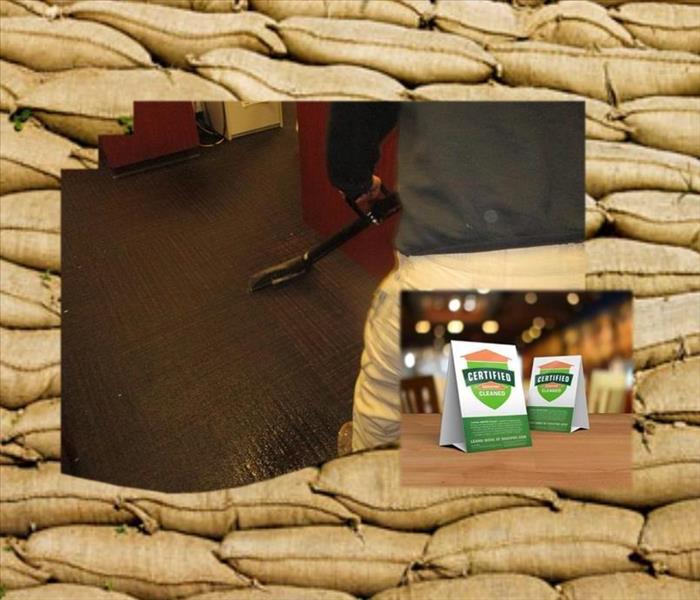Flood Preparation for your business
3/10/2021 (Permalink)
 Call SERVPRO of Aitkin, Carlton and West St Louis Counties to extract the water from your business after it floods.
Call SERVPRO of Aitkin, Carlton and West St Louis Counties to extract the water from your business after it floods.
Do you need to protect your business from possible flood damages? Many water damage restoration services recommend taking steps to mitigate damage before it occurs as a way to protect the property and reduce clean up times and costs. A flood dam is one way to do this. Here is what you may want to know. Using these tools properly may help you reduce the amount of damage your business could face in the next big storm.
1. How They Work
In most cases flood dams work by directing water flow away from the threatened area. Many people choose sandbags as they are easy to build in a variety of protective formations. Dry sand is loaded into the bag, and the bag is then folded and placed to create a wall. When the water reaches the wall, it is absorbed by the sand which then becomes heavier, harder to move, and creates a tighter seal.
2. Where to Place Them
When creating a sandbag barrier to protect your business, it’s recommended to construct it in a way that directs the flow of water rather than trying to block it. This will put less force on the wall, and keep the water moving to a safe drainage location. Consider setting the barrier up so that the water flows downhill and away from the property, or into a drainage ditch or open field where it can disperse safely.
3. When to Use Them
One of the best ways to reduce flood damage is to know when to use a flood dam. In most cases you may want to consider the use of sandbags any time you believe flooding may pose a high risk to the property.






 24/7 Emergency Service
24/7 Emergency Service